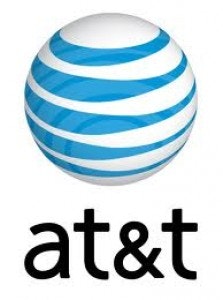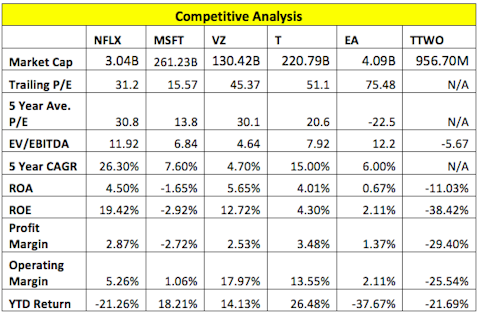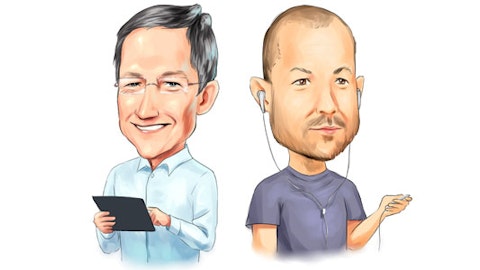
In 2011, the gaming console market was dominated by three players: Sony Corporation (NYSE:SNE), Microsoft Corporation (NASDAQ:MSFT), and Nintendo Co., Ltd (PINK:NTDOY). These players were the main beneficiaries of industry revenues worth $24.1 billion in 2011, and have the most to lose if games make a shift from the console to the television (See if the Nintendo Wii U is the future of console gaming). Streaming games directly through the TV poses an obvious threat to the developers of the Playstation, Wii and Xbox.
Cloud gaming would allow gamers to avoid having to purchase a console, as they could buy generic controllers or convert their smartphone into a controller which would be connected to their set-top box or TV. Expect to see trials for streaming game services later this year, and deployment of the full version as early as 2013. Microsoft’s Xbox Live already allows Xbox 360 Live subscribers to purchase games and add-ons online. When gamers purchase a streaming copy of a game, game developers can beef up their margins. These companies also benefit by making the game for a single platform rather than for each of the various consoles.
Carriers still have a ways to go if they want to become competitive in the interactive gaming industry. Carriers would need to license virtualization technology, and in order to have the same quality as the players in the gaming industry, their services must incorporate a powerful graphic processor into their data centers. NVIDIA Corporation (NASDAQ:NVDA), one of Intel’s largest micro-processor competitors, has been working on data-center technology and has made a big bet on cloud gaming, said Tony Tamasi, a senior vice president of NVIDIA. Tamsi stated “We’ve put stuff into our chips specifically to enable this kind of functionality.”

The competitive analysis table above shows various companies mentioned in this article, including the streaming movie provider Netflix, the software and gaming console developer Microsoft, the two massive telecommunication providers AT&T and Verizon, and two game developers Take-Two Interactive and Electronic Arts. Looking at the valuation, Netflix and EA are the most expensive in terms of P/E and EV/EBITDA, and Verizon is cheaper than AT&T in terms of P/E and EBITDA. In the past five years, Netflix and AT&T have grown revenues faster than the other comparables and they also boast the highest ROA and ROE. Moving down to the margins, Netflix and AT&T are the leaders in both profit and operating margins. Looking at year-to-date returns, every company’s stock has grown quite impressively, except those of Take-Two and EA, who have shrank by double digits.
We expect that both hardcore gamers and game developers will evolve with the next generation of platforms, including those from cable providers, as well as traditional console developers. As the fall season approaches and the holidays get closer, the competitive landscape of this industry will be truly worth watching.
Disclosure: Mike is long Microsoft





